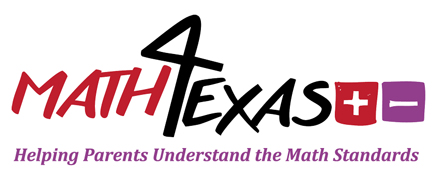T.I.P.S.
-
 Students will begin understanding the action of joining to represent addition and the action of separating as subtraction. With joining, students will add addends (0-9) up to sums of 10 and with separating, students will find differences from 10. Students must understand that joining and separating represent an action. Once students understand these two concepts, they then can make connections between quantities and numbers in problem situations to objects and drawings used and then to concrete models to represent contextual situations.
Students will begin understanding the action of joining to represent addition and the action of separating as subtraction. With joining, students will add addends (0-9) up to sums of 10 and with separating, students will find differences from 10. Students must understand that joining and separating represent an action. Once students understand these two concepts, they then can make connections between quantities and numbers in problem situations to objects and drawings used and then to concrete models to represent contextual situations.
Example
-
a) There are 4 ducks swimming in a small pond. 5 more ducks waddle over and join them in the pond to swim. How many ducks are swimming in the pond? Draw a picture, a number bond, and a number sentence to represent this problem.
b) There are 6 puppies playing in the yard. While playing, two puppies went inside to drink some water. How many puppies are left in the yard? Draw a picture, a number bond, and a number sentence to represent this problem.
Hints
Possible Solutions
Digital Tools
-
Click on the following links for interactive games.
Resources
-
Click on the following links for more information.
TEKS
-
K.3 Number and operations. The student applies mathematical process standards to develop an understanding of addition and subtraction situations in order to solve problems. The student is expected to:
(A) model the action of joining to represent addition and the action of separating to represent subtraction





 Click
Click 

